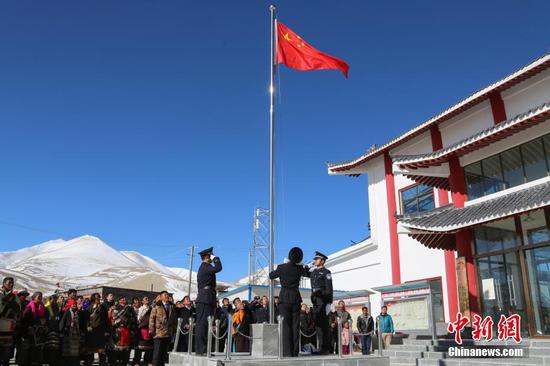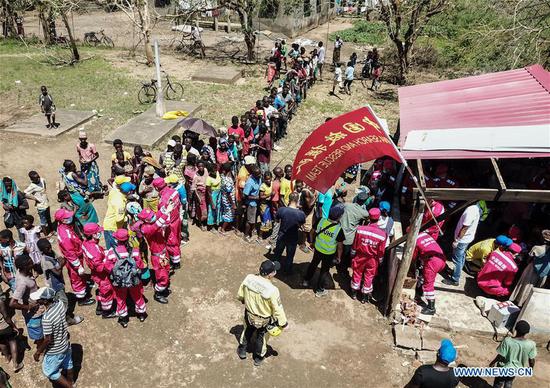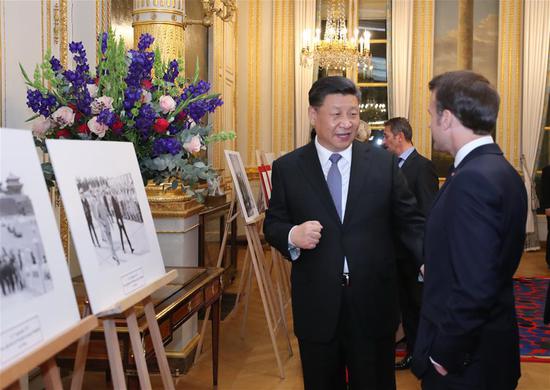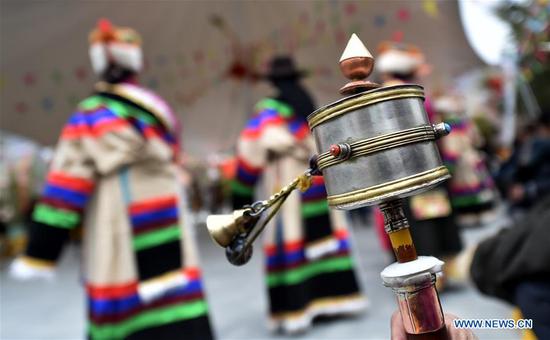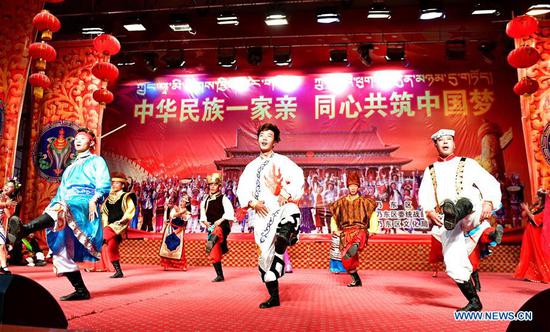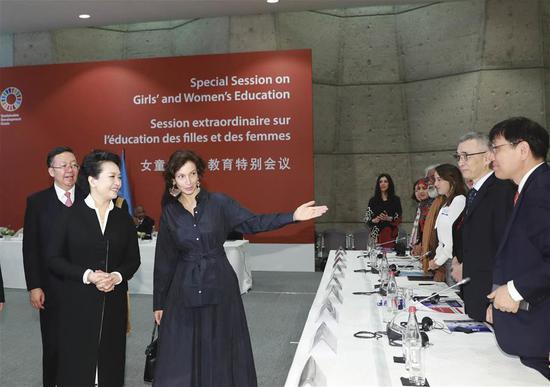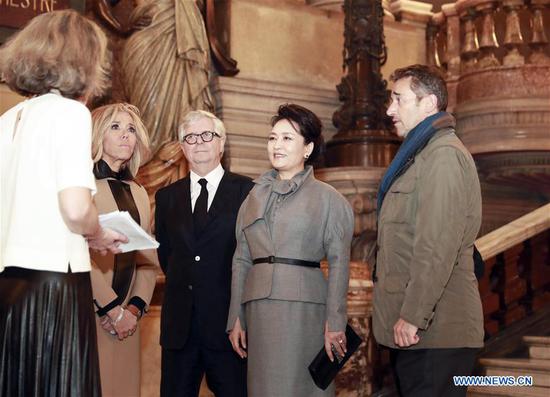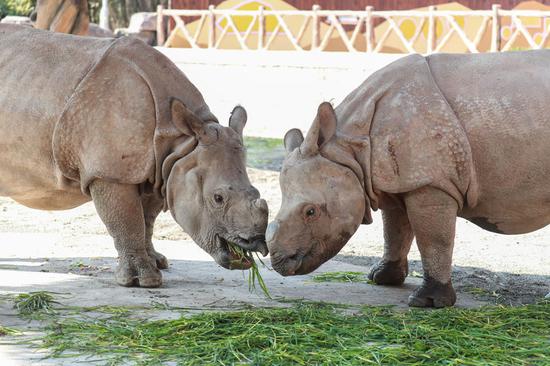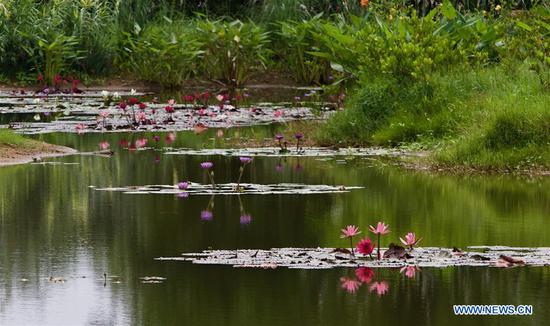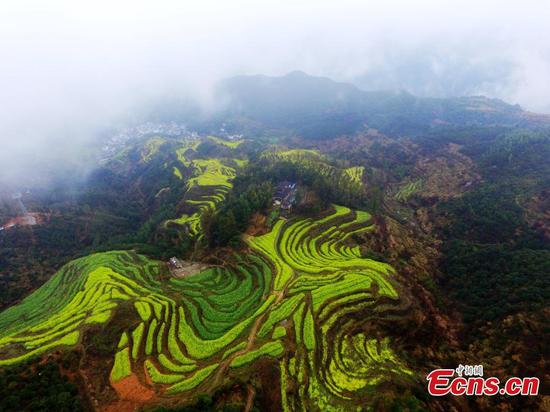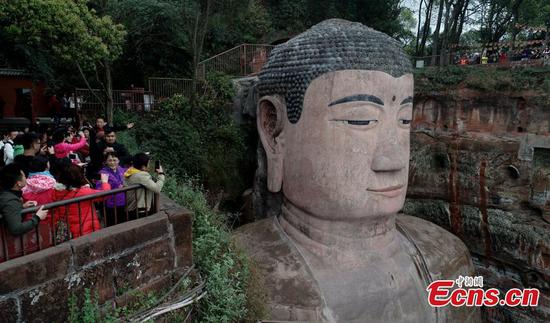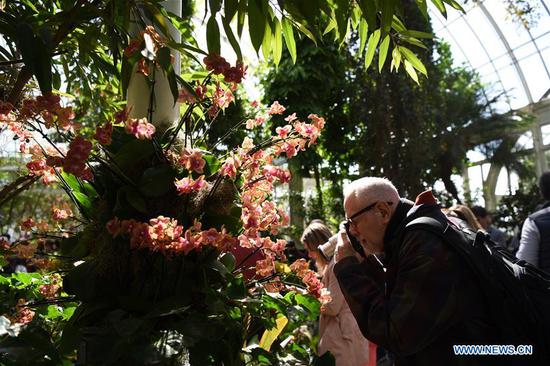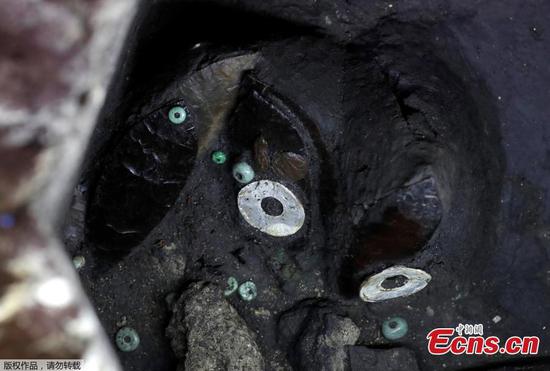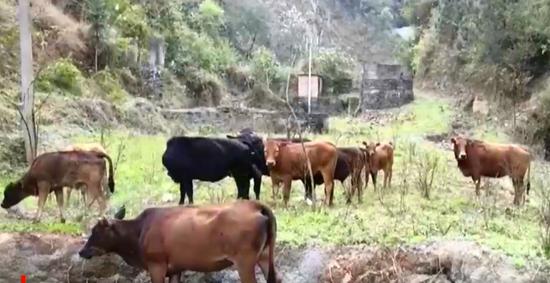
Phurbu Tsering introduces some of the materials used by aristocrats in the past. ZHU XINGXIN/CHINA DAILY
Change
In an article published in 2009, Ngapoi Ngawang Jigme, the son of a leading aristocratic family descended from the Horkhang, former kings of Tibet, wrote that some upper-class Tibetans, himself included, believed the social system had to change.
"When the serfs all died, the aristocrats would have no chance of surviving either. In the end, the whole society would collapse," he wrote, just a few months before he died.
Born in 1910, Ngapoi Ngawang Jigme, a cabinet minister in the former Tibetan government, said he knew the old Tibet all too well. At the time, the region, which sits atop the Qinghai-Tibet Plateau, was relatively isolated as a result of its location and social system, which made it extremely difficult to disseminate progressive ideas, he said.
In 1951, Ngapoi Ngawang Jigme was the Tibetan government's chief negotiator during the process of signing the Agreement of the Central People's Government and the Local Government of Tibet on Measures for the Peaceful Liberation of Tibet.
The agreement acknowledged the necessity of reforming Tibet's social system and stressed that "the local government of Tibet should carry out reform voluntarily".
Zhang said: "The central government was very patient toward the reform out of consideration for the special circumstances in Tibet. It didn't want to create any conflict.
"The central government focused on improving the transportation infrastructure, including constructing a road connecting Tibet and neighboring Qinghai province.
"Also, it invited groups of local officials and aristocrats to travel outside Tibet to see social development in other parts of China."
As calls for democratic reform grew, some members of the ruling class staged an armed rebellion on March 10, 1959, in an attempt to perpetuate theocratic feudal serfdom. The rebellion triggered the start of democratic reform.
"Originally, the central government planned to maintain Tibet's old system until 1962, but the rebellion moved the reform forward," Zhang said.
On March 17, 1959, after the rebellion had been foiled, the 14th Dalai Lama, who was a leader of the Gelug Sect of Tibetan Buddhism, head of the Tibetan local government and the chief representative of serf owners, fled to India.
Many aristocrats also fled, including Tashi Wangdu, the master of Phalha Manor.











